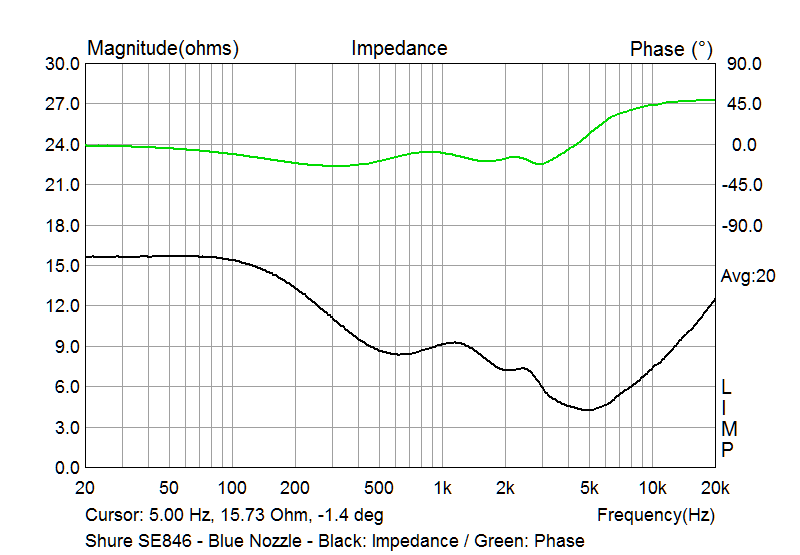LarsHP
Headphoneus Supremus
The FiiO and Hifiman are DAPs, in other words, integrated units with both DAC and amplifier. It is in this use, the difference appears clearly.It could be the amp circuitry, not the DAC. You would need to use an amp to balance levels and guarantee identical impedance. You’re also not doing a blind test if you have to see to plug it in. There are many reasons they might sound different that have nothing to do with the DAC.
The things you need for a fair test, aside from an apples to apples comparison, is level matching, direct A/B switching and blind comparisons with multiple trials. I’m guessing you don’t have any of these.
I should add that when using a headphone I also have, the tonal difference between the FiiO and Hifiman is minor. This clearly suggests that there is something going on which has to do with amplifier output impedance impacting frequency response. When feeding an external amp, using the (proper) line out from the Hifiman and the FiiO from it's combined HO/LO, the difference is not much to talk about.
As I stated above, even if the loudness level is slightly higher from the FiiO, the Hifiman still sounds darker. I don't need further suggestions regarding blind testing etc. etc., thanks. The difference between the FiiO and Hifiman headphone outputs to the UM Miracle is real.






















 (stepped sine measurements anyone?)
(stepped sine measurements anyone?)